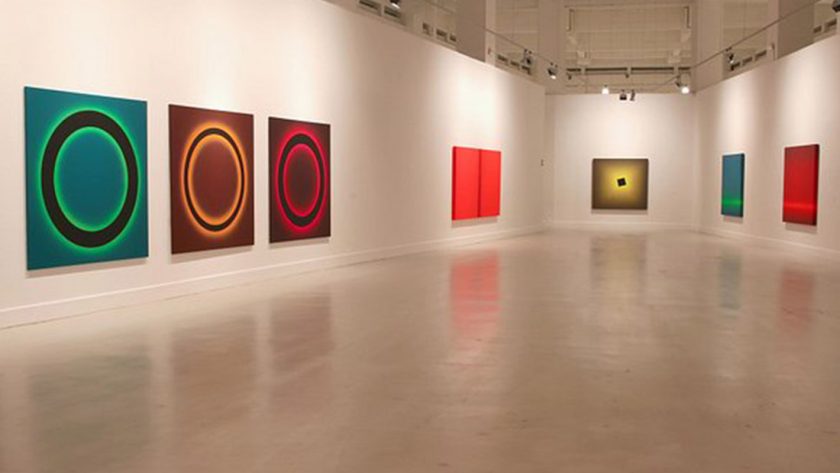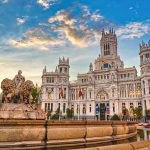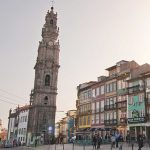Málaga, a vibrant city on the southern coast of Spain, is a destination that effortlessly combines centuries of history with a contemporary artistic pulse. While it may often be associated with sunny beaches and bustling nightlife, the true essence of Málaga lies in its cultural and artistic treasures. From world-renowned museums to hidden street art and centuries-old architecture, Málaga offers a rich tapestry of experiences for travelers seeking a deeper connection with Spanish culture. In this guide, we’ll delve into the heart of the city’s cultural and artistic charm, exploring must-visit landmarks, creative districts, and immersive experiences that bring Málaga to life.
A City Shaped by History
Málaga’s cultural allure is inseparable from its long and layered history. Founded by the Phoenicians over 2,800 years ago, the city has seen the influence of Romans, Moors, and Christians, each leaving an indelible mark on its architecture, traditions, and way of life. Walking through the streets of Málaga is like stepping into a living museum, where past and present coexist harmoniously.
One of the most iconic historical landmarks is the Alcazaba, a Moorish fortress perched above the city. Built in the 11th century, this fortified palace offers not only a glimpse into the military and architectural ingenuity of the Moors but also breathtaking views of the city and the Mediterranean Sea. Its intricate arches, serene courtyards, and lush gardens create a tranquil atmosphere, making it a perfect starting point for any cultural exploration. Adjacent to the Alcazaba is the Roman Theatre, dating back to the 1st century BC. Rediscovered in the 20th century, it provides a fascinating contrast to the Moorish architecture and highlights Málaga’s significance during the Roman era.
Another historical gem is the Castillo de Gibralfaro, a hilltop castle offering panoramic vistas. While exploring its ramparts and towers, visitors can imagine the strategic importance of Málaga’s location and the centuries of conflict and coexistence that shaped the city’s character. Beyond these major sites, wandering through Málaga’s old town reveals charming plazas, ornate churches, and narrow streets where the city’s layered history unfolds naturally with each step.
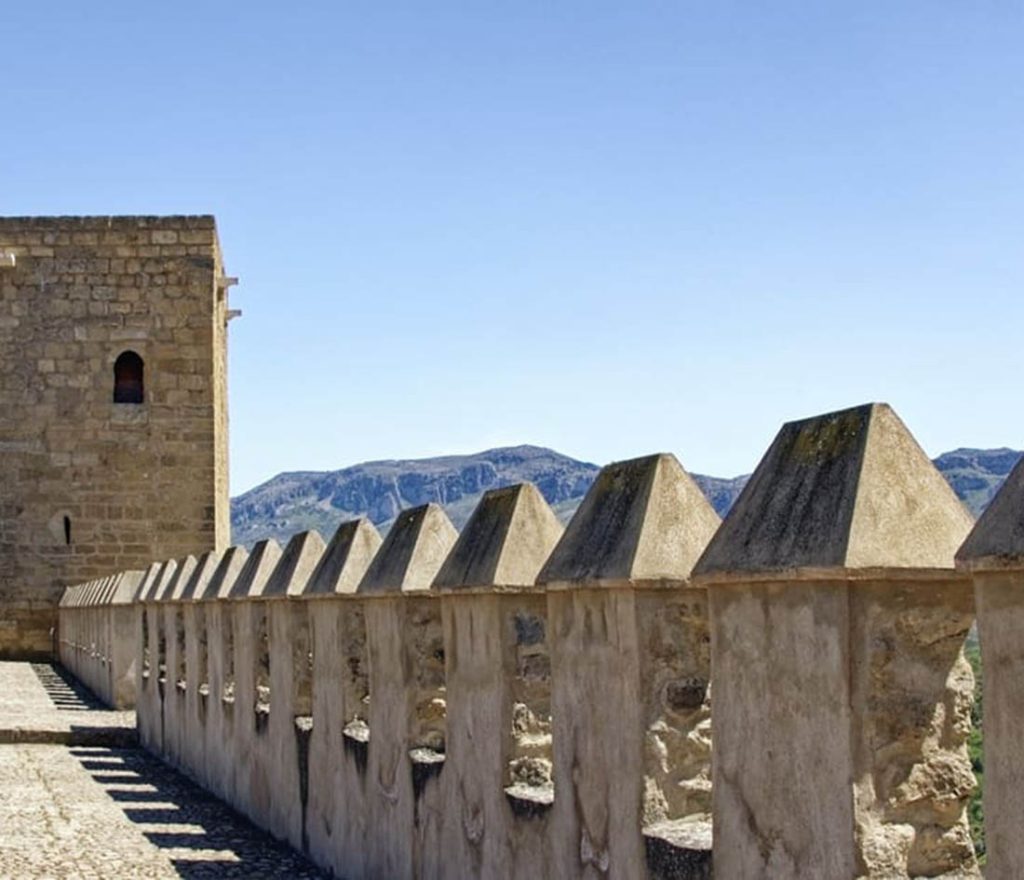
The Art Lover’s Paradise
Málaga has a thriving art scene that appeals to a broad spectrum of tastes. The city has embraced both classical and contemporary art, making it a hub for cultural tourism in Spain. One cannot discuss Málaga’s artistic charm without mentioning the Picasso Museum, dedicated to the city’s most famous son, Pablo Picasso. Housing over 200 works, the museum offers a comprehensive look at Picasso’s evolution as an artist, from his early experiments to his more iconic pieces. The museum is located in the Palacio de Buenavista, a beautiful Renaissance building, adding an architectural layer to the cultural experience.
Equally captivating is the Centre Pompidou Málaga, a branch of the famous Parisian museum. Its colorful cubic façade instantly catches the eye, signaling the modern and contemporary art housed inside. The museum hosts rotating exhibitions featuring both international and local artists, making each visit a unique experience. Art enthusiasts can also explore the Carmen Thyssen Museum, which focuses on 19th-century Spanish painting. Its curated collection provides a nuanced understanding of Spain’s artistic evolution, particularly Andalusian influences, from romantic landscapes to vivid depictions of everyday life.
For those interested in contemporary art, the Málaga Contemporary Art Center (CAC Málaga) is an unmissable destination. With its striking white façade and cutting-edge exhibitions, the CAC provides a platform for emerging artists from Spain and beyond. The center often hosts interactive installations, experimental media art, and thought-provoking displays that challenge conventional notions of creativity. Exploring these museums offers visitors a well-rounded artistic experience, where classical mastery meets avant-garde innovation.
Streets as Canvases: Málaga’s Urban Art
Beyond traditional museums, Málaga’s streets themselves serve as a vibrant canvas. The city has embraced urban art as a form of expression, particularly in neighborhoods like Soho Málaga, often called the “Arts District.” This area is adorned with colorful murals, graffiti, and street installations that transform everyday walls into works of art. Walking through Soho, visitors encounter pieces from both local talents and internationally renowned artists, making it an open-air gallery that evolves constantly.
Street art in Málaga often carries cultural, social, and political messages, providing insights into contemporary Andalusian life. From playful, whimsical murals to bold, thought-provoking statements, each corner tells a story. Many guided tours now focus specifically on urban art, allowing travelers to engage with the city’s modern creative pulse while discovering hidden alleys and corners they might otherwise overlook.
Flamenco: The Soul of Andalusia
Art in Málaga is not confined to visual mediums; it also thrives in music and dance. Flamenco, the passionate and soulful art form native to Andalusia, is alive and well in the city. Experiencing a live flamenco performance in Málaga is a deeply immersive way to connect with the region’s cultural identity. Small venues, known as tablaos, offer intimate performances where the rhythmic guitar, percussive footwork, and emotive singing create an unforgettable atmosphere.
For those wishing to go beyond observation, many local schools offer short flamenco workshops, providing tourists with a hands-on experience. Even a brief lesson can offer insights into the complex rhythms and expressions that make flamenco a uniquely Andalusian art form. Pairing a flamenco show with a traditional Andalusian meal enhances the sensory experience, offering a deeper appreciation of Málaga’s living culture.
Festivals and Cultural Celebrations
Málaga’s cultural charm is amplified through its festivals, which celebrate history, art, and community spirit. While many travelers plan their visits around the summer months, the city offers year-round cultural experiences. Local festivals often include parades, music, dance, and artistic exhibitions, allowing visitors to witness centuries-old traditions in a contemporary context.
For instance, traditional Andalusian festivals feature elaborate costumes, folk music, and religious processions that showcase Málaga’s rich cultural tapestry. Participating in or even observing these events offers insights into local customs, values, and artistic expressions that have been passed down through generations. Even outside festival periods, the city’s cultural calendar is brimming with concerts, art openings, and theatrical performances that cater to diverse artistic tastes.
No exploration of Málaga’s cultural and artistic scene would be complete without mentioning its culinary arts. Andalusian cuisine is both a reflection of the region’s history and an art form in itself. Local markets, such as the Mercado Central de Atarazanas, are a feast for the senses, offering fresh produce, seafood, and artisanal products. Here, travelers can observe the artistry involved in food preparation, from intricate tapas arrangements to the skillful filleting of fish by market vendors.
Restaurants across the city celebrate culinary heritage, often blending traditional recipes with modern techniques. Dining in Málaga becomes a cultural experience, where presentation, flavor, and atmosphere converge to reflect the city’s artistic sensibilities. Many establishments also feature decor inspired by local art, further emphasizing the connection between gastronomy and creativity.
Hidden Cultural Gems
While museums and main attractions draw many visitors, Málaga’s lesser-known cultural spots offer equally enriching experiences. Small galleries, artist studios, and independent theaters provide an intimate view of the city’s creative community. Strolling through neighborhoods away from the main tourist paths, travelers can stumble upon artisan workshops, local craft shops, and cozy exhibition spaces that showcase unique Andalusian artistry.
The Pompidou Centre Málaga’s nearby streets often host pop-up exhibitions, while the Málaga Book Fair and local craft markets highlight literature, design, and applied arts. Exploring these hidden gems allows travelers to engage directly with the people who keep Málaga’s artistic spirit alive, creating a more personal and memorable cultural experience.
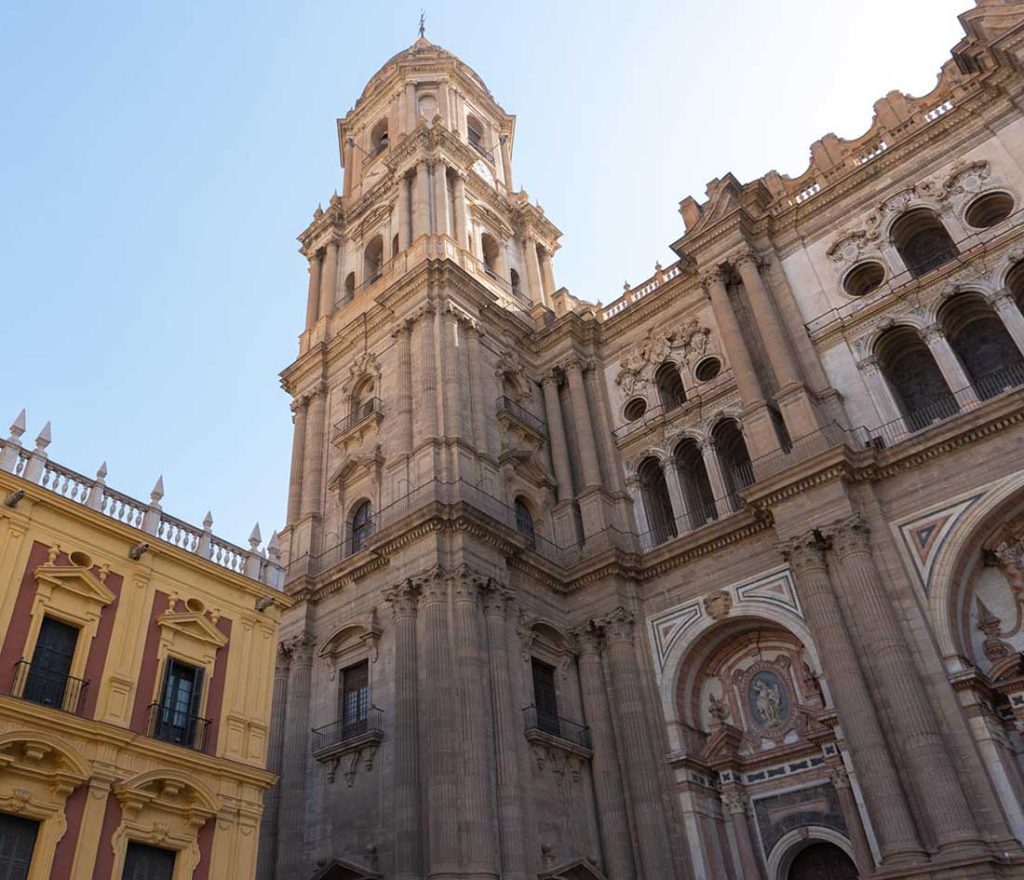
Planning Your Cultural Journey
To fully experience Málaga’s cultural and artistic charm, it’s helpful to plan your journey thoughtfully. Consider dedicating several days to explore different neighborhoods, allowing time for both structured museum visits and spontaneous street discoveries. Early mornings are ideal for exploring historical landmarks with fewer crowds, while afternoons can be reserved for museum visits and gallery hopping. Evenings are perfect for enjoying flamenco performances or sampling local cuisine in culturally vibrant settings.
Travelers may also benefit from guided cultural tours, which provide context and history that enrich the experience. Many tours combine multiple aspects of Málaga’s arts and culture, such as visiting the Alcazaba, exploring street art districts, and ending with a live music performance. Additionally, keeping an eye on local event calendars ensures that visitors can experience temporary exhibitions, workshops, or performances that may coincide with their trip.
The Lasting Impact of Málaga’s Culture
What makes Málaga truly captivating is its ability to balance historical significance with contemporary vitality. Visitors leave not only with photographs and souvenirs but with a deeper understanding of Andalusian culture and artistic expression. Whether admiring a Picasso painting, wandering through the Alcazaba’s gardens, or discovering a mural in a quiet alley, each experience contributes to a broader appreciation of the city’s identity.
Málaga’s cultural and artistic offerings are accessible to a wide range of travelers. Art enthusiasts, history buffs, casual sightseers, and curious wanderers alike can find meaningful experiences. The city’s charm lies in its layers—ancient ruins juxtaposed with modern galleries, traditional music alongside contemporary street art—creating an environment where culture is not just observed but felt.
Málaga is much more than a coastal destination; it is a city where culture and art are woven into the very fabric of daily life. Its historic landmarks, renowned museums, vibrant street art, immersive flamenco performances, and culinary traditions create a rich and diverse cultural landscape. By exploring both the celebrated attractions and hidden corners, travelers can experience the depth and vitality of Málaga in a meaningful way.
Whether you are drawn by history, contemporary art, music, or gastronomy, Málaga offers a unique journey that engages the senses and sparks curiosity. Every corner of the city tells a story, and every experience, from museum visits to street discoveries, contributes to a profound appreciation of Andalusian culture. Málaga’s cultural and artistic charm is enduring, leaving visitors with memories that inspire, enlighten, and invite return visits to explore even further.
